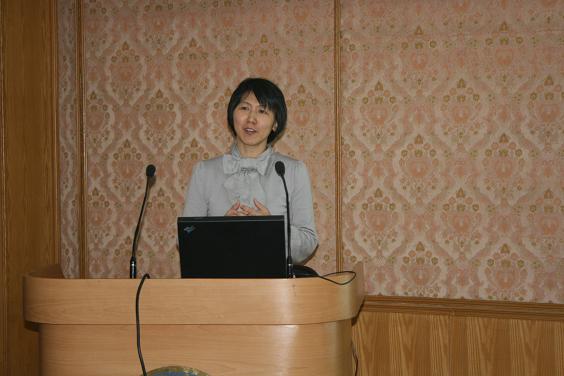The “IPv6 Principles and Practices” was lectured by Changqing An from the Tsinghua University at IACAS on Dec. 28, 2012.
The IPv6 training included: IPv6 principles and features (IPv6 addressing architecture, packet format, neighbor discovery, host auto-configuration, mobile IPv6 and its features), IPv4-IPv6 transition and interconnectivity, IPv6 programming, and IPv6 application and practice.
IPv6 like the most usually used IPv4 (as of 2013) is an Internet-layer protocol for packet-switched internetworking, and it provides end-to-end datagram transmission across multiple IP networks.
IPv6 is designed to deal with the long-anticipated problem of IPv4 running out of addresses. It does not implement interoperability features with IPv4. However, it essentially creates a parallel, independent network.
IPv6 has the following features of expanded addressing and routing capabilities,simplified header format, support for extension headers and options, support for authentication and privacy, quality of service capabilities and support for auto-configuration.
IPv6 has been deployed on all major operating systems in use in commercial, business, and home consumer environments. CNGI-CERNET2, built in 2004, with national coverage, is the largest IPv6 backbone in China and about 200 universities connected to CERNET2 with about 2M subscribers. Since 2008, the domain name system can be used in IPv6. IPv6 was first used in a major world event during the 2008 Summer Olympic Games which was the largest showcase of IPv6 technology since the inception of IPv6.
Deployment of IPv6 is accelerating. And the World IPv6 Launch, a symbolic marketing event was held by major Internet service providers and users on 6 June 2012. Data from Arbor Networks showed a peak of 0.2% of Internet traffic on IPv6 during the launch. As of late November 2012, IPv6 traffic share was reported to be approaching 1%.

Changqing An is lecturing


